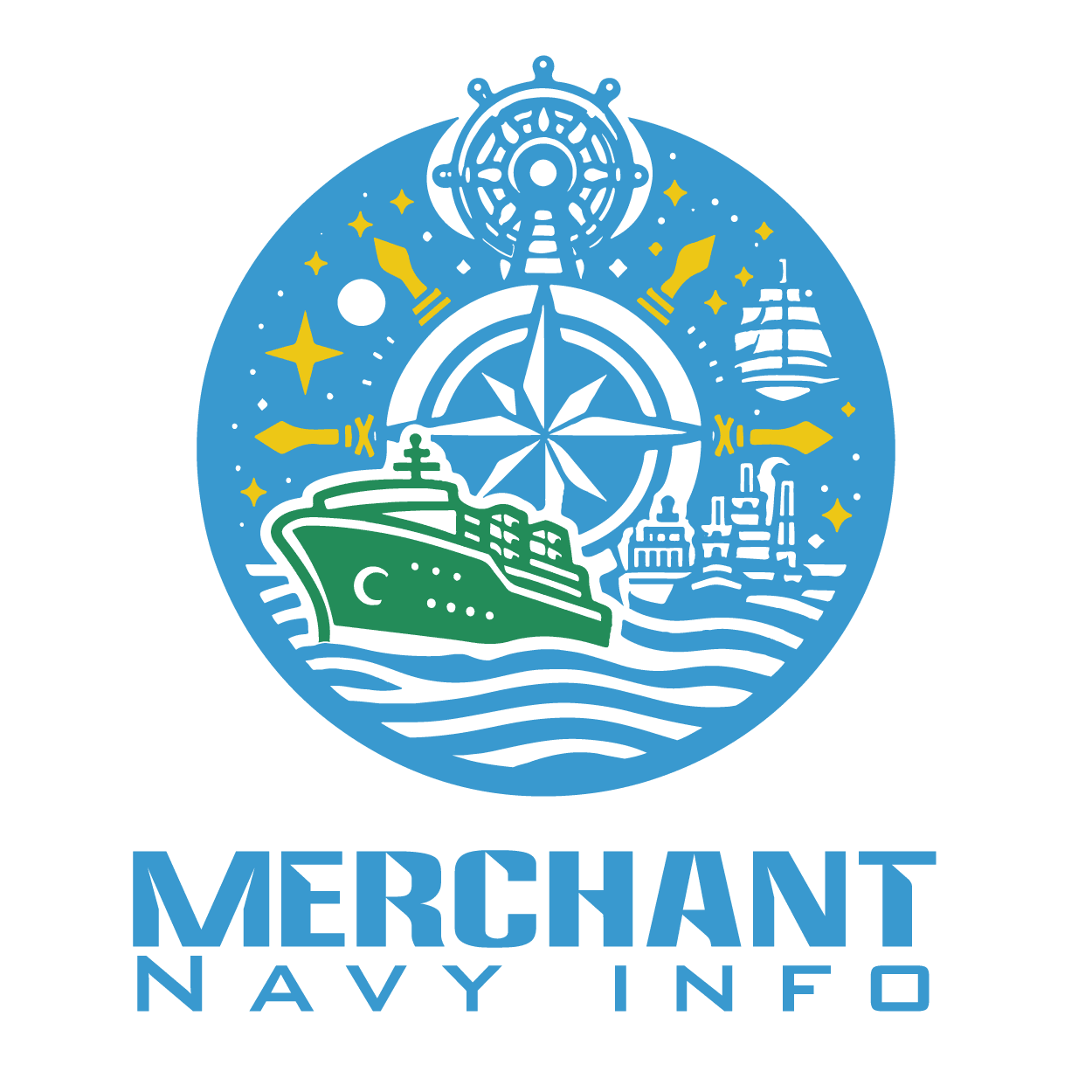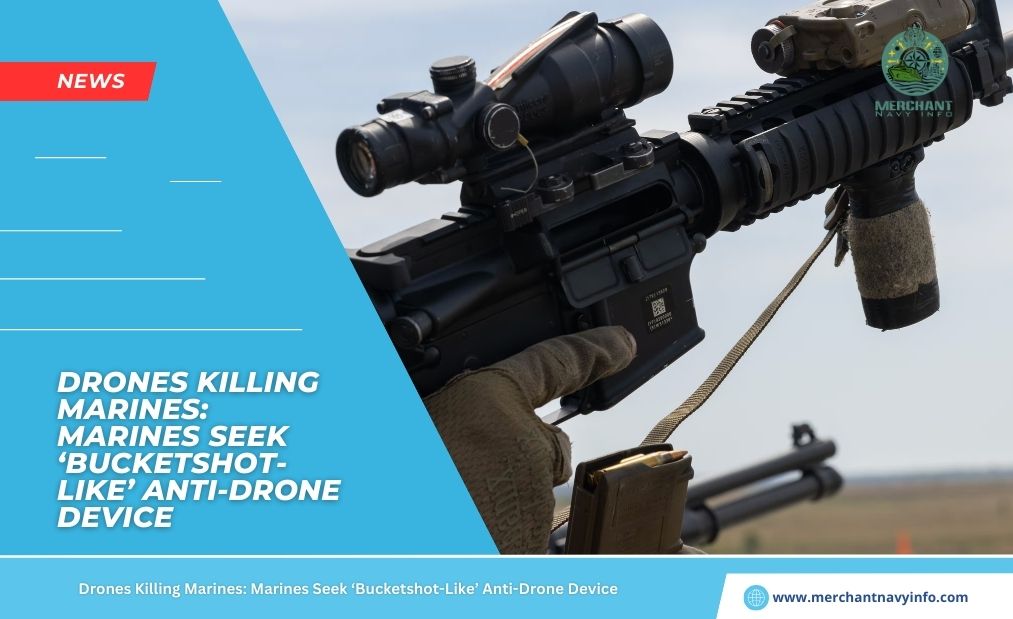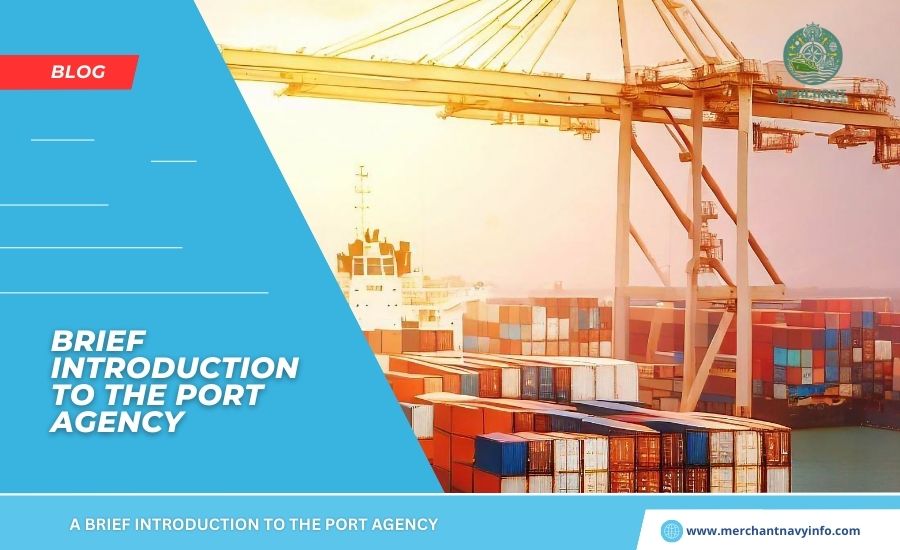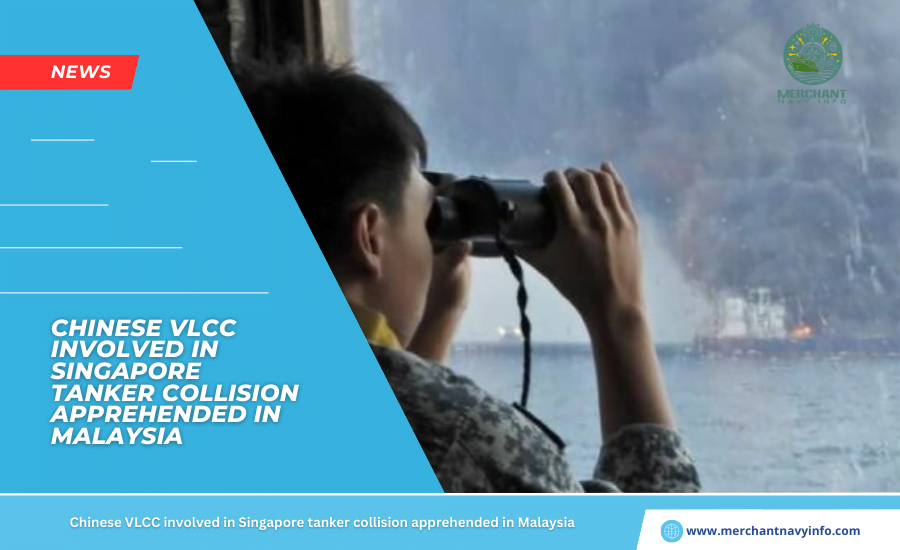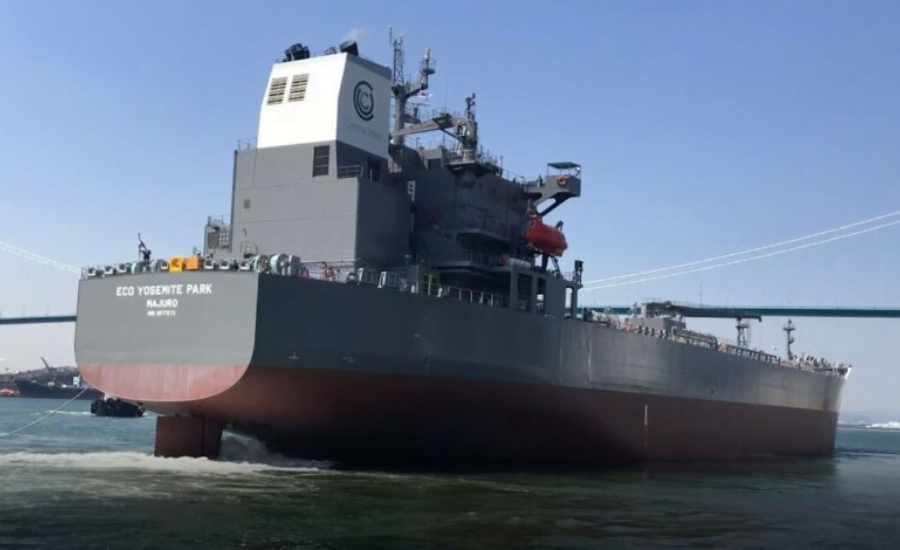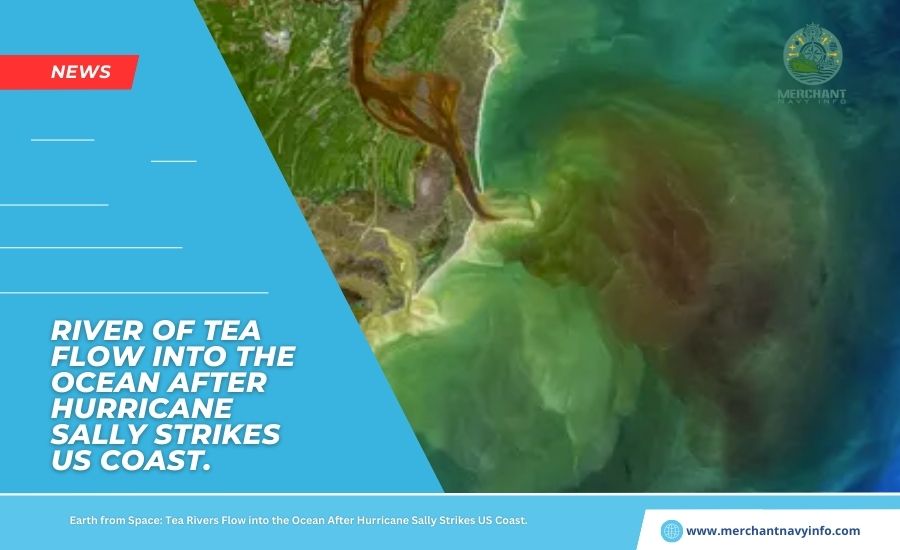When the conflict began in 1939, Canada had 38 merchant ships with a total cargo capacity of just 290,000 tonnes. The Canadian government knew that if it was successful. The limited number of ships in service would not be able to meet the strong British demand. Plans were therefore made to expand the merchant fleet, and Canadians took on this extraordinary task. To fill this gap, all 133 of her ships of the Great Lakes Fleet were assigned to sea transport convoy duties. In addition to shipbuilding. By the end of the war, Canadian shipyards had produced 403 cargo ships. A significant number of which flew the Canadian flag. Survivors of two merchant vessels huddle on the deck of a rescue trawler off St. John’s. Newfoundland, April 1943.Join Canadian Merchant Navy today.
The importance of the Canadian Merchant
Marine as a lifeline to Britain cannot be overstated. It was estimated that a 10,000-ton merchant ship could transport enough “food” to feed 225,000 people for a week. The cargo carried by the fleet included clothing, fuel, steel, aluminum, wood, planes, tanks, jeeps, trucks, weapons, ammunition, and everything else necessary for the war effort. Merchant ships, therefore, became important targets for enemy surface ships and submarines. Additionally, many merchant ships experienced the dangers of mines and submarines during World War I, so they knew firsthand the dangers of wartime transportation.
The North Atlantic sea route was a fierce battlefield with more men, ships, and supplies lost than in all naval operations of the past 500 years combined. Sailors whose ships were attacked had only a 50% chance of survival. By the end of the war, the Women’s Royal Canadian Naval Service (WRCNS) had over 6,000 permanent staff and officers. They held many jobs that were previously considered too dangerous for women. Jobs were varied and included chef, driver’s assistant, and even dispatch driver. By the end of the war, 500 men served overseas, and another 500 in Newfoundland and Washington, D.C., then overseas bases. Provided. A total of 12,000 men and women served in the Canadian Merchant Marines, along with sailors of all nationalities, several thousand of whom had homes in enemy-occupied Europe. So Join Canadian Merchant Navy.
Canadian Merchant Navy
Canadian merchant mariners not only sailed the North Atlantic route, but they also sailed the world’s oceans, carrying cargo to Africa, Asia, Australia, Europe, New Zealand, the Far East, and even the dangerous Murmansk Straits to northern Russia. The war costs were high. 59 Canadian-flagged merchant vessels were sunk by enemy or potential enemy action, resulting in the loss of 2,000 Royal Canadian Navy personnel, 1,600 Canadian Merchant Sailors, and 752 Royal Canadian Air Force personnel. Canadian merchant ships made 25,343 voyages from North America to Great Britain, carrying approximately 165 million tons of military and civilian supplies.
Canadian Rear
Admiral Leonard Murray, who commanded Canada’s Northwest Atlantic Theater during the war, said, “The Battle of the Atlantic was not won by the navy or the air force. It was won by the overall courage, fortitude and determination of the British military.” Stated. Merchant Navy. ” The Canadian sailor is one of the best sailors in the world.On the off chance that you’re fascinated by a fulfilling career with high pay and great benefits, follow the steps below to memorize how you’ll connect with our team of proud and hard-working Canadian seafarers.
Please select the option that best suits you Join Canadian Merchant Navy:
- I have experience in shipping and trading.
- I have no previous experience.
- I am not a Canadian citizen or permanent resident of Canada.
Become A Sailor
Join Canadian Merchant Navy is a booming job market, and increasing demand for seafarers means long and stable careers. Become a seafarer, and you can quickly earn more than $60,000 a year. This is not an office job. A career as a sailor brings adventure. After all, how many of us can say we’ve travelled the ocean and gotten paid for it? Learn more about our open positions. If you have experience in the trading or maritime industry, we can help you transfer your skills onboard and ensure a smooth transition.
Here’s what you need:
STCW
Basic Safety Knowledge of survival craft and lifeboats other than fast rescue boats, Valid Transport Canada Marine Health Examination Fitness Card to Join Canadian Merchant Navy, Canadian Citizenship and Valid Canadian Passport or Permanent Residence, Valid Canadian Passport Birth and Visa (Type C1 – Class D) Criminal Record Certificate Transport Canada Discharge Register Do you have everything you need?
Which seafaring profession is suitable for you?
Seafaring is a hard job that requires getting your hands dirty so learn how to join merchant navy . However, SIU is committed to the highest safety standards in the industry, meaning our members are some of the best trained in the world. Our new employees develop in-demand skills and access skill enhancements that will last a lifetime.
The following positions are currently available
Able Seaman/Deck Rating
Able Seaman (A/B) will fill this position after passing the Bride Watch Rating (BWR) certificate. The A/B acts as a helmsman or lookout and performs deck duties during the ship’s unloading as ordered by the watch officer. Competent sailors also serve as watchmen.
Ordinary Seaman
An entry-level position on deck where you learn basic seamanship skills. The Ordinary Seaman (O/S) occupies the lowest position on the ship. The O/S acts under the supervision of the on-duty officer and, according to the instructions of the on-duty officer oft, performs machining, painting, cleaning, washing, greasing, etc.
Mechanical Assistant/Engineer Room Evaluation
Performs the following tasks to ensure smooth operation of the vesselMaintains temperature, pressure, and proper oil/water levels in the engine compartment. Assist marine engineers with tours and engine maintenance. The engine room rating is the holder of the engine room certificate, is responsible for assisting the officer on duty, and is under the supervision of the officer on duty.
Tunnelman/Cargo Handler
Tunnelmen are often responsible for securing a ship’s cargo safely and getting it to where it needs to go. He reports to the tunnel chief and acts on his instructions. Tunnelmen also assist in preparing and inspecting all gates. Prior to loading cargo and ensure that environmental control procedures are properly followed.
Head Chef
The Head Chef reports to the Captain and is responsible for all aspects of the catering department. He prepares his three healthy, hearty meals a day and serves them to his hungry crew. The head chef is responsible for all kitchen staff and is often responsible for ordering and inventory management.
2nd Cook
The 2nd Cook reports directly to the Head Chef and is primarily responsible. For preparing pastries in the kitchen and other duties as assigned by the Head Chef.
Tanker Certification
Holds a certificate of competency in one of the positions listed above, successfully completes an approved training course. Has a certificate or certificate in Introduction to Oil Tankers and Chemical Tankers, and also a Marine Officer All Candidate Safety Responsibilities (VPWSRs) who have received a certificate of competency should contact SIU for current vacancies.
